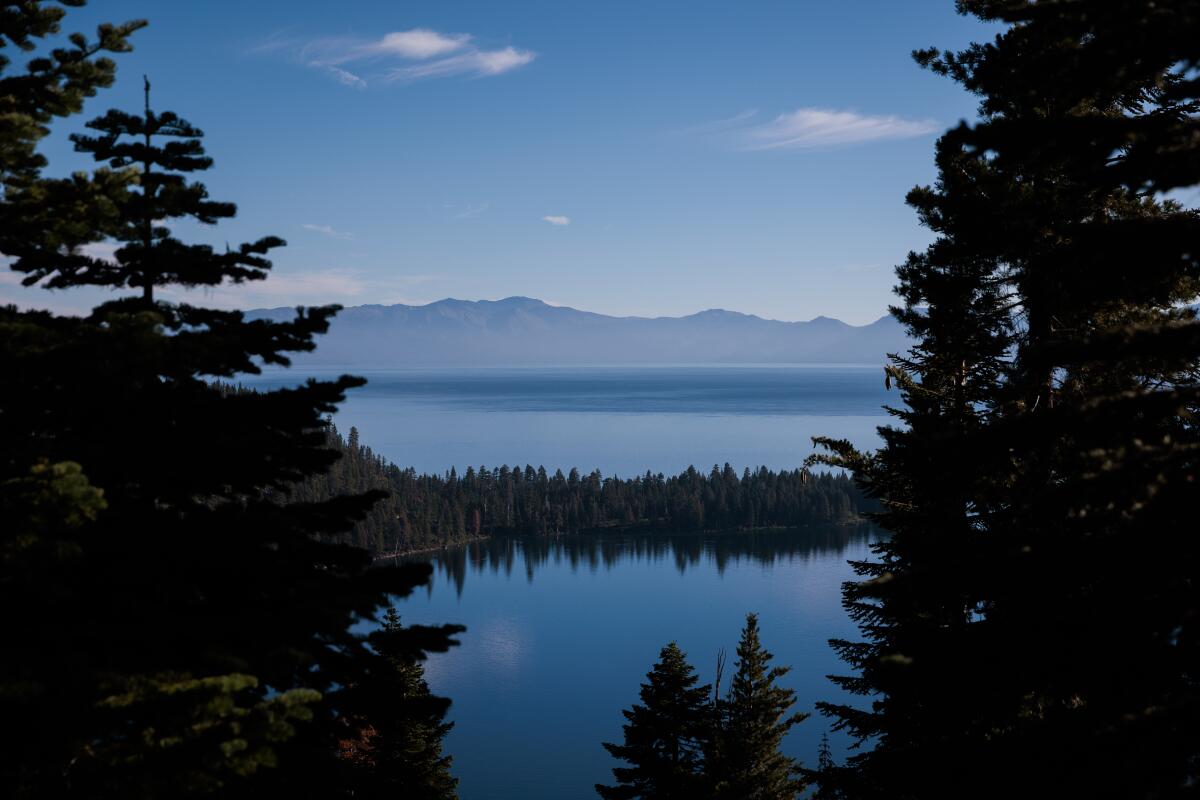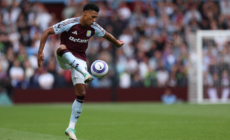-
2 months after she tried to save sister in river, woman found dead in California wilds - 19 mins ago
-
How to Watch St. Louis City SC vs Aston Villa: Live Stream Men’s Club Soccer Friendly, TV Channel - 26 mins ago
-
N.Y.C. Subway and Bus Fares Are Likely to Increase to $3 in January 2026 - 27 mins ago
-
ESPN’s Stephen A. Smith Calls for Bryce Harper Suspension - about 1 hour ago
-
Canada to Recognize Palestinian State at the U.N. General Assembly - about 1 hour ago
-
California Governor Race: Leading Candidates as Kamala Harris Opts Out - 2 hours ago
-
A dozen Democrats sue ICE for preventing detention center oversight visits - 2 hours ago
-
U.S. Hits Brazil With 50% Tariffs and Sanctions in Sharp Escalation - 2 hours ago
-
Ferrari F1 Leadership Talks Heating Up as Vasseur’s Future Stays Undecided - 2 hours ago
-
Kamala Harris move leaves one door open while closing another - 2 hours ago
Commentary: Lake Tahoe tragedy provides a life-or-death lesson
TAHOE CITY — Today I offer boating tips for Lake Tahoe — actually, for any body of water.
That’s not one of my usual column topics. Normally I write about California government and politics.
But this time I’m writing about boating because I’ve been wincing after reading and watching news reports of the horrific accident on Tahoe that killed eight people June 21.
Moreover, the Fourth of July means we’re in the heart of boating season. There are 4 million recreational boaters in California, according to the state Division of Boating and Waterways. There’s an average of 514 boating accidents a year. And July is the worst month.
I’ve been boating at Tahoe for 55 years, and on some water since I was a teen.
These are my basic rules for safety and enjoyment, at least in a vessel up to about 30 feet. My Tahoe boats mostly have been 22 to 24 feet.
For starters, if Lake Tahoe winds are already blowing at 10 mph and it’s not even noon, be smart. Don’t venture out in a recreational powerboat. The water’s likely to get much choppier in the afternoon.
If you’re out there and see white caps forming, head for shore.
If lots of sailboats show up, you don’t belong on the water with them. Get off.
And another thing: Don’t pay much attention to the manufacturer’s claim of how many people a boat will hold. Boat makers tend to exaggerate. If it says 10 people will fit, figure on maybe eight tops.
Sure, 10 may be able to squeeze aboard, but the extra weight causes the boat to ride deeper in the water and become more vulnerable to taking on water in heavy swells. That can lead to capsizing. And all those passengers squirming around makes driving more difficult because of the constantly changing weight balance.
But most important: Monitor the weather forecasts before you even get near the water.
Lake Tahoe is big and beautiful — 22 miles long and 12 miles wide, at 6,224 feet in the Sierra mountains. It holds enough water to cover all of California by 14 inches. Two-thirds of the lake is in California, one-third in Nevada.
Weather patterns vary. Scary winds and thunderstorms can be at one end of the lake, and calmer water and blue skies at the other.

Even on calm mornings, Lake Tahoe’s weather and boating conditions can turn hazardous quickly.
(Max Whittaker / For The Times)
My wincing at reports of the multi-fatality accident and many other boating mishaps that Saturday afternoon off the south and west shores stem from repeated references to all of it being caused by a sudden, unexpected storm.
The intensity of the storm may have been unexpected — north winds up to 45 mph, producing eight-foot waves. But winds had been forecast by the National Weather Service in the high teens and into the 20s. And that should have been enough warning for boaters: Stay off the water.
The person who made the most sense after the tragedy was Mary Laub, a retired financial analyst who lives in Minden, Nev., over the steep hill from South Lake Tahoe. She and her husband keep a 26-foot Regal cabin cruiser in Tahoe Keys on the south shore. And she habitually watches weather forecasts.
She had planned to go for a cruise that Saturday but dropped the idea after seeing the forecast.
“The afternoon winds pick up at Tahoe. If they’re approaching 10 [mph] before noon, I don’t go out,” she told me. “I saw that forecast and said, ‘No way.’
“If there’s any whisper of wind, I don’t go out. We’ve been caught out there before. I don’t take a chance.”
The people who died were in a practically new 27-foot Chris-Craft Launch, a high-end, gorgeous open-bow boat. It was the vessel’s third time on the water. Ten people were aboard, mostly in their 60s and 70s. They were relatives and lifelong friends, celebrating a woman’s 71st birthday. She was among the fatalities.
They were trying to return from popular Emerald Bay to their west side home in midafternoon when eight-foot swells swamped the boat, deadening the engine and capsizing the vessel off rocky Rubicon Point near D.L. Bliss State Park. They were tossed into the abnormally cold water and presumably drowned, perhaps paralyzed by hypothermia.
A mother and daughter in the party, both wearing life jackets, were rescued by a Washoe County sheriff’s team. Whether the others were wearing life jackets hadn’t been revealed as of this writing.
Meanwhile, boats all along the southwest shore were being swamped or ripped from their moorings and piling up on rocks or beaches, often crashing into other vessels.
One four-person crew in a 24-foot open-bow MasterCraft grabbed their life jackets, wisely abandoned the boat and swam to shore. They scampered up rocky cliffs in their bare feet to safety. The boat was practically totaled.
I called meteorologist Dawn Johnson at the National Weather Service in Reno.
She said the forecast for that Saturday afternoon had been for winds up to 20 mph and gusts to “25 or so.”
There also was up to a 25% chance of thunderstorms. “If you have thunderstorms on the lake, make sure you get off the water,” Johnson said. “You have a higher risk of being struck by lightning on open water.”
There were strong winds Friday night, she recalled, but by 11 a.m. Saturday they had dropped to 5 to 10 mph. Then they picked up as forecast.
“We see winds gust at that magnitude multiple times a month, most likely in the afternoon,” she said. “Sustained winds reach 25 to 30 mph.”
But normally they produce waves of only 2 to 4 feet, she added. “We’re trying to figure out exactly what happened.”
Four-foot waves are a hurricane in my book.
And Mother Nature doesn’t care about a boater’s weekend plans.
Source link

















